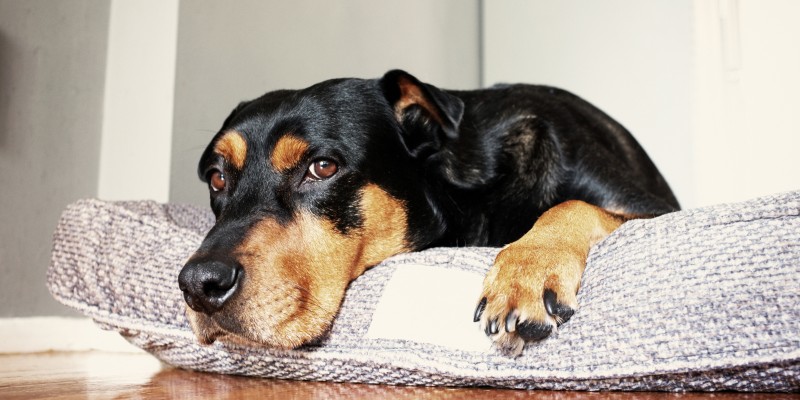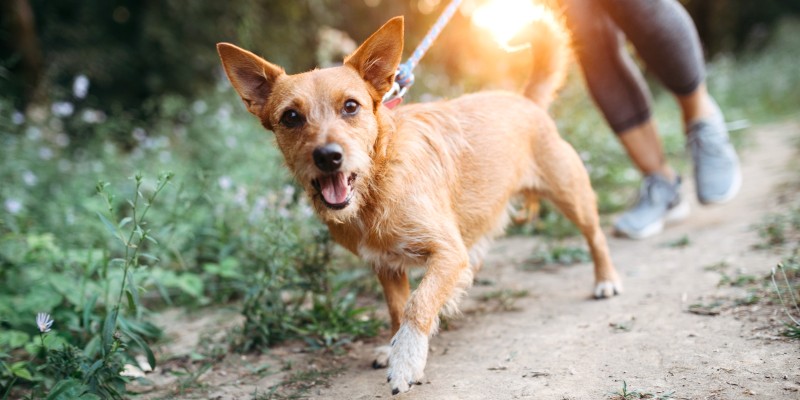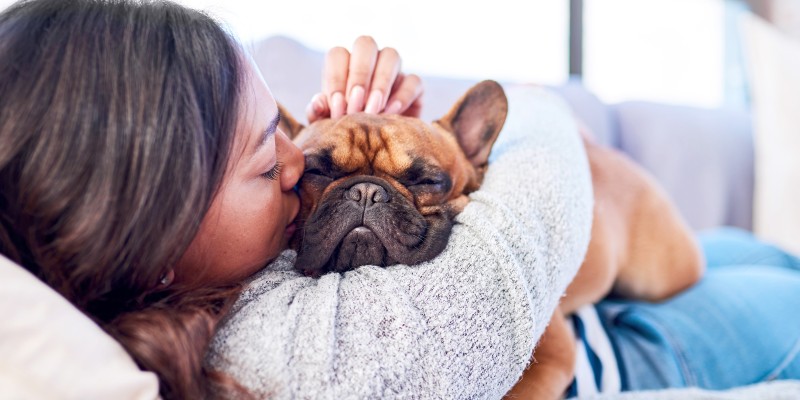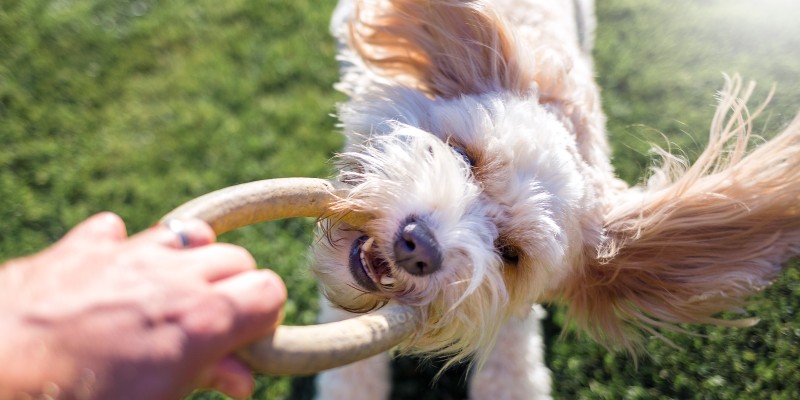Dog Health: Respiratory
Respiratory issues can be a cause for concern in dogs, and it's important to know when to seek veterinary care. Our expert articles on dog respiratory health provide you with valuable insights on the most common respiratory issues affecting dogs, including coughing, sneezing, and difficulty breathing. From preventative measures and at-home treatments to knowing when it's time to visit the vet, our comprehensive collection of articles covers everything you need to know to ensure your furry friend has optimal respiratory health.





